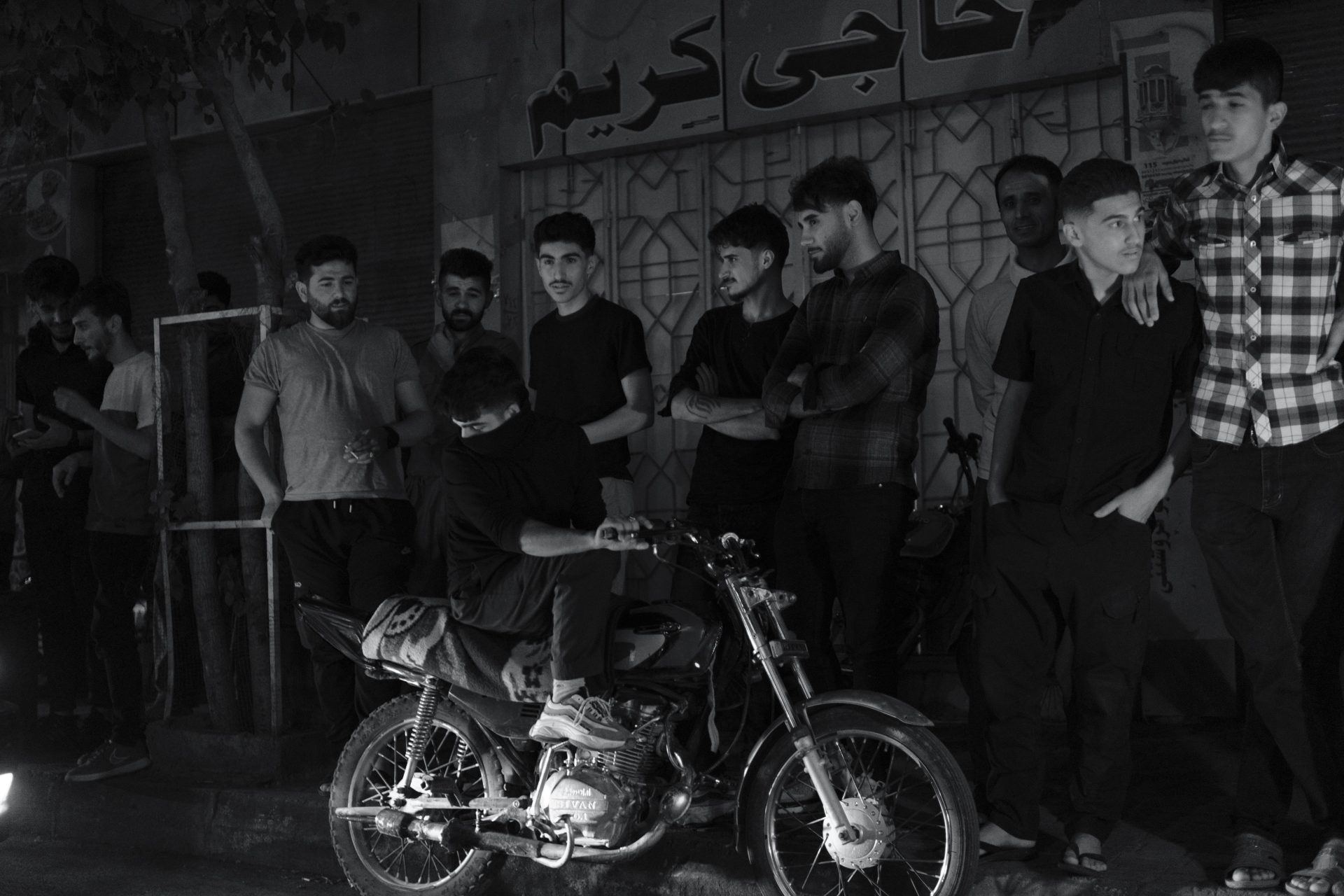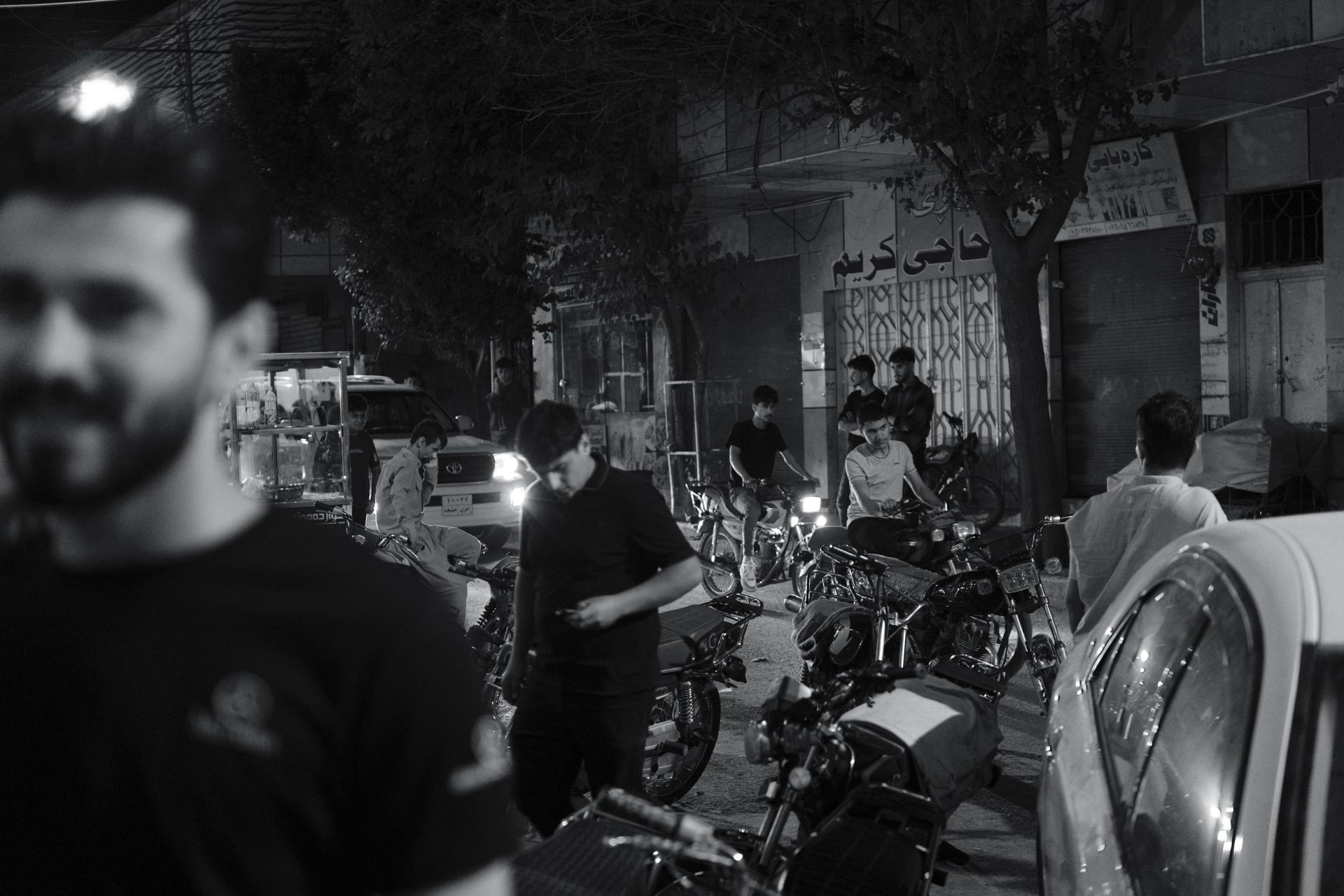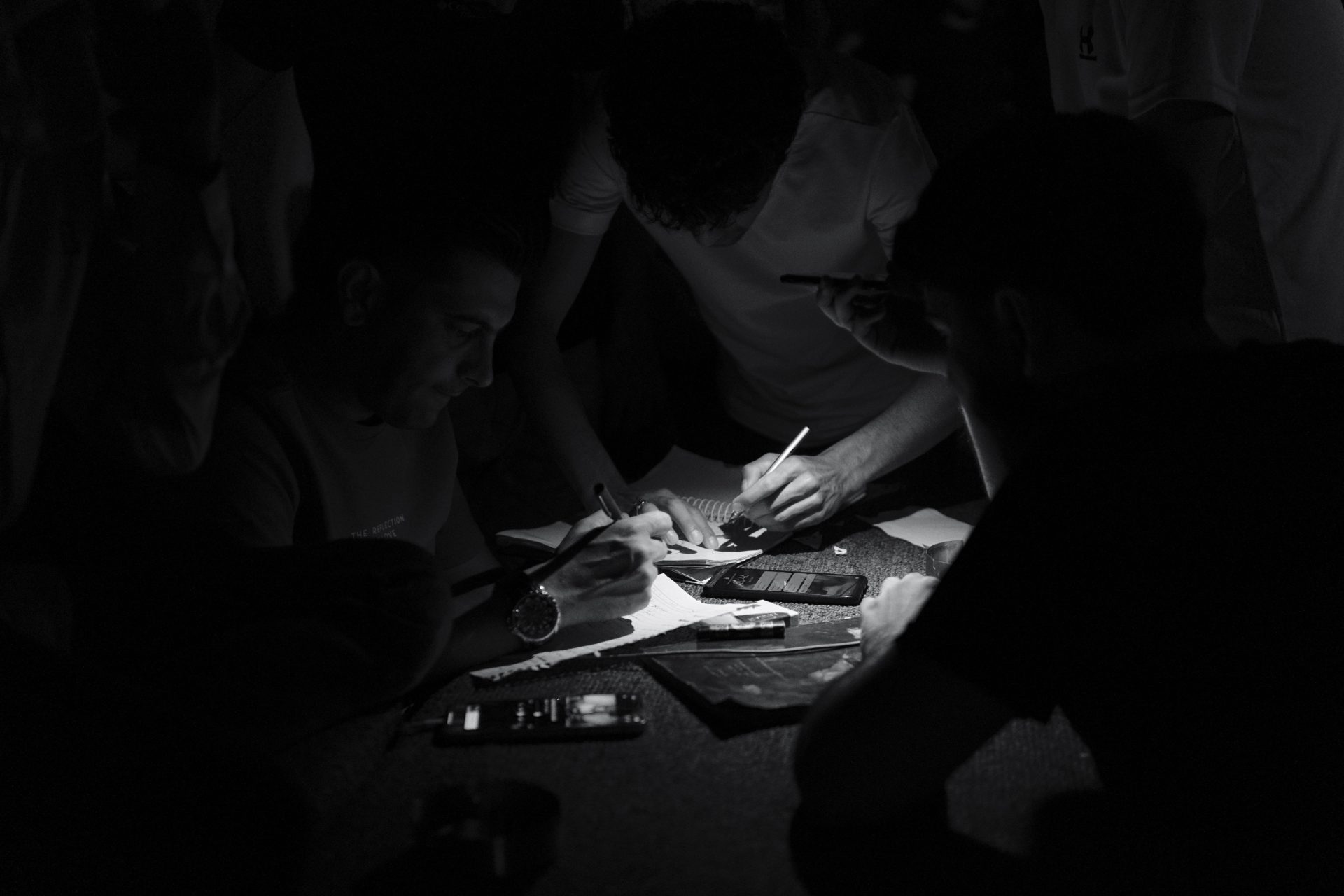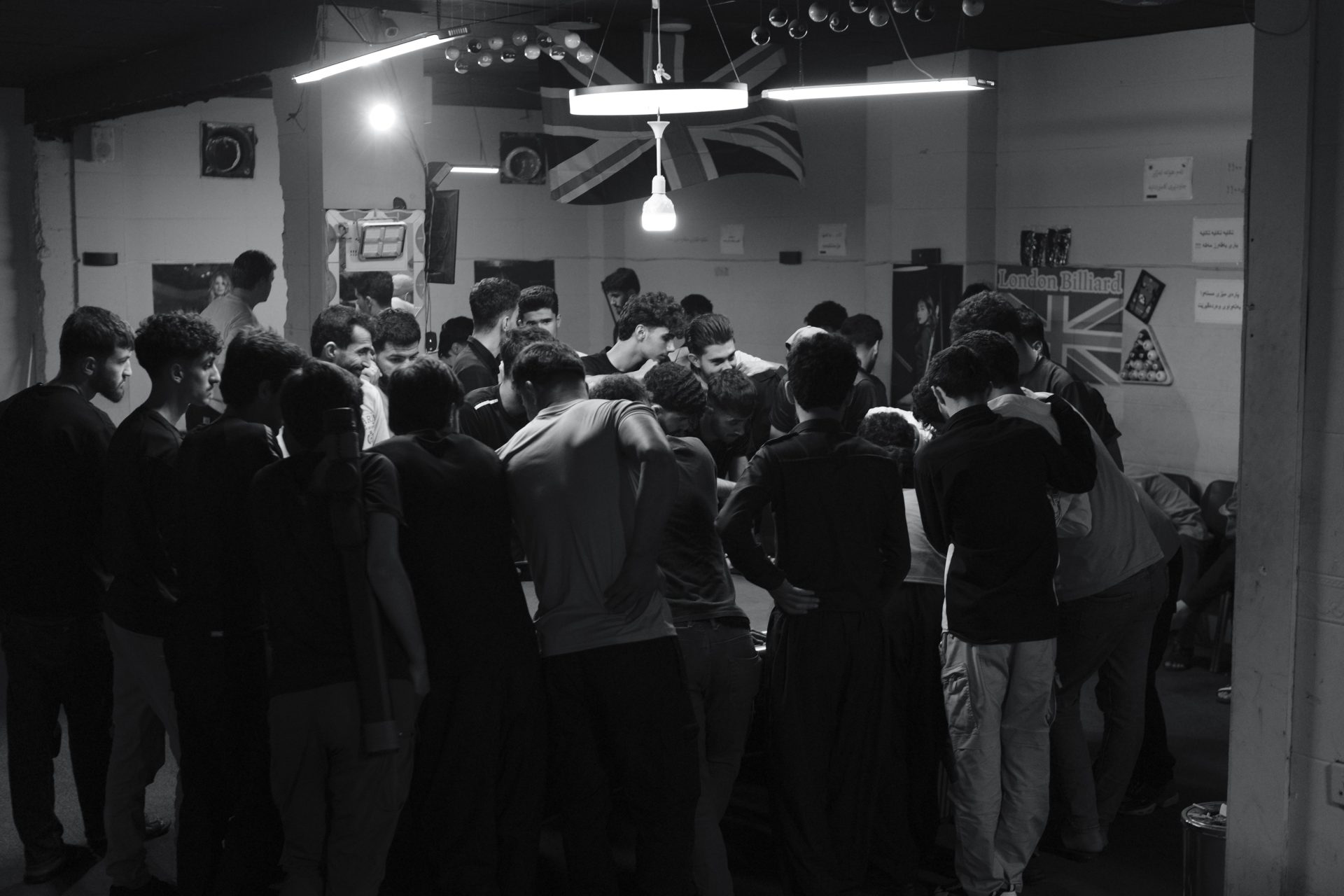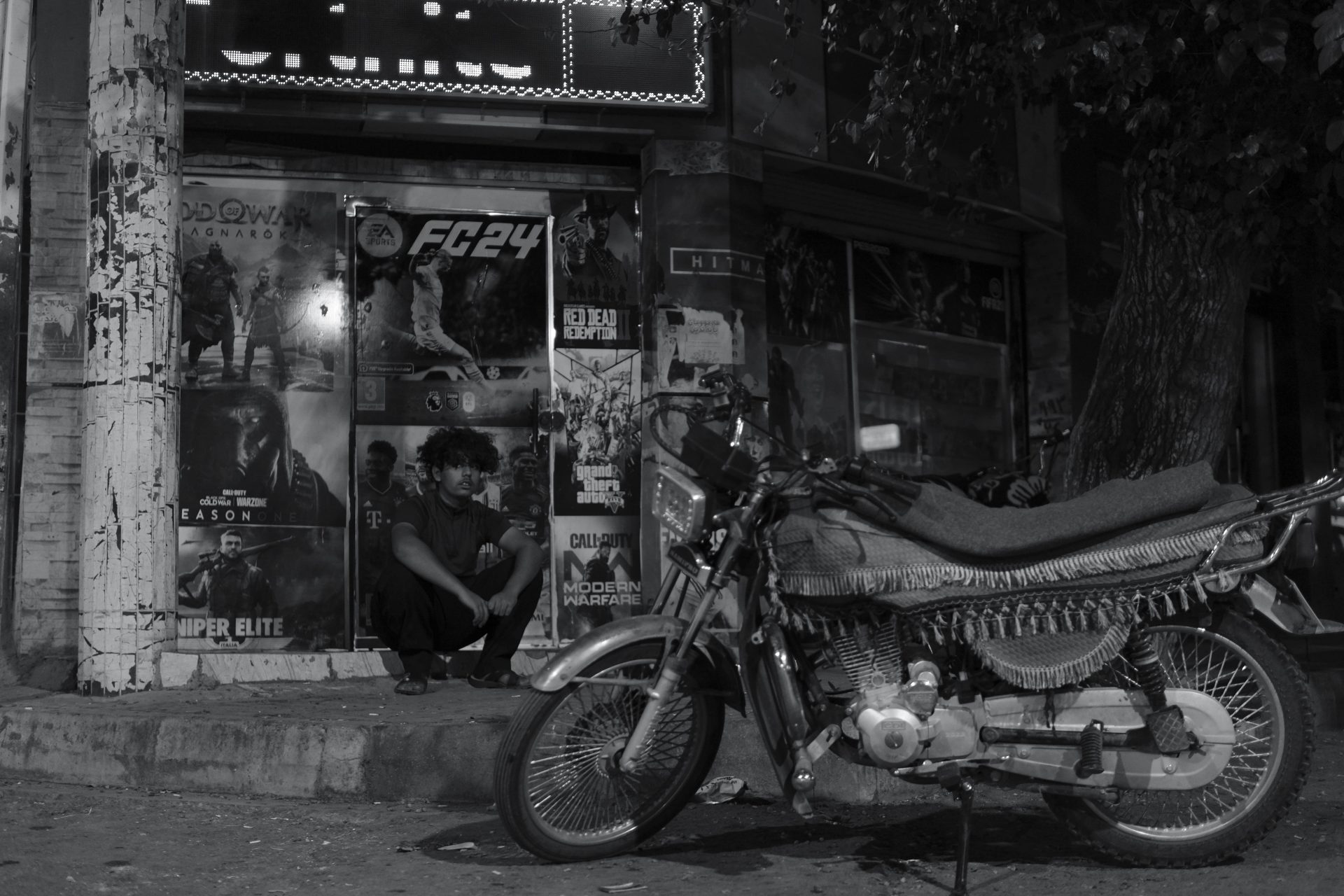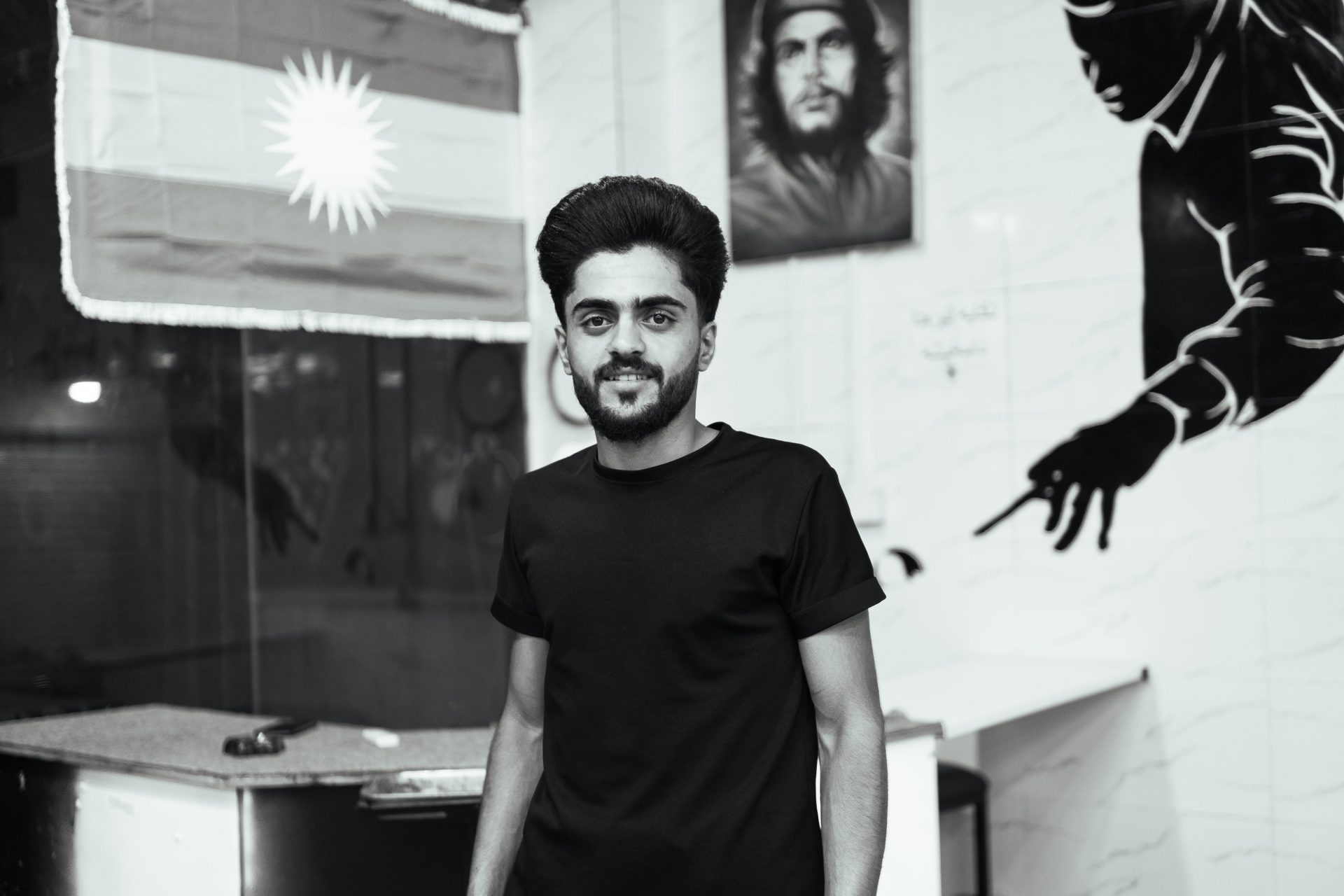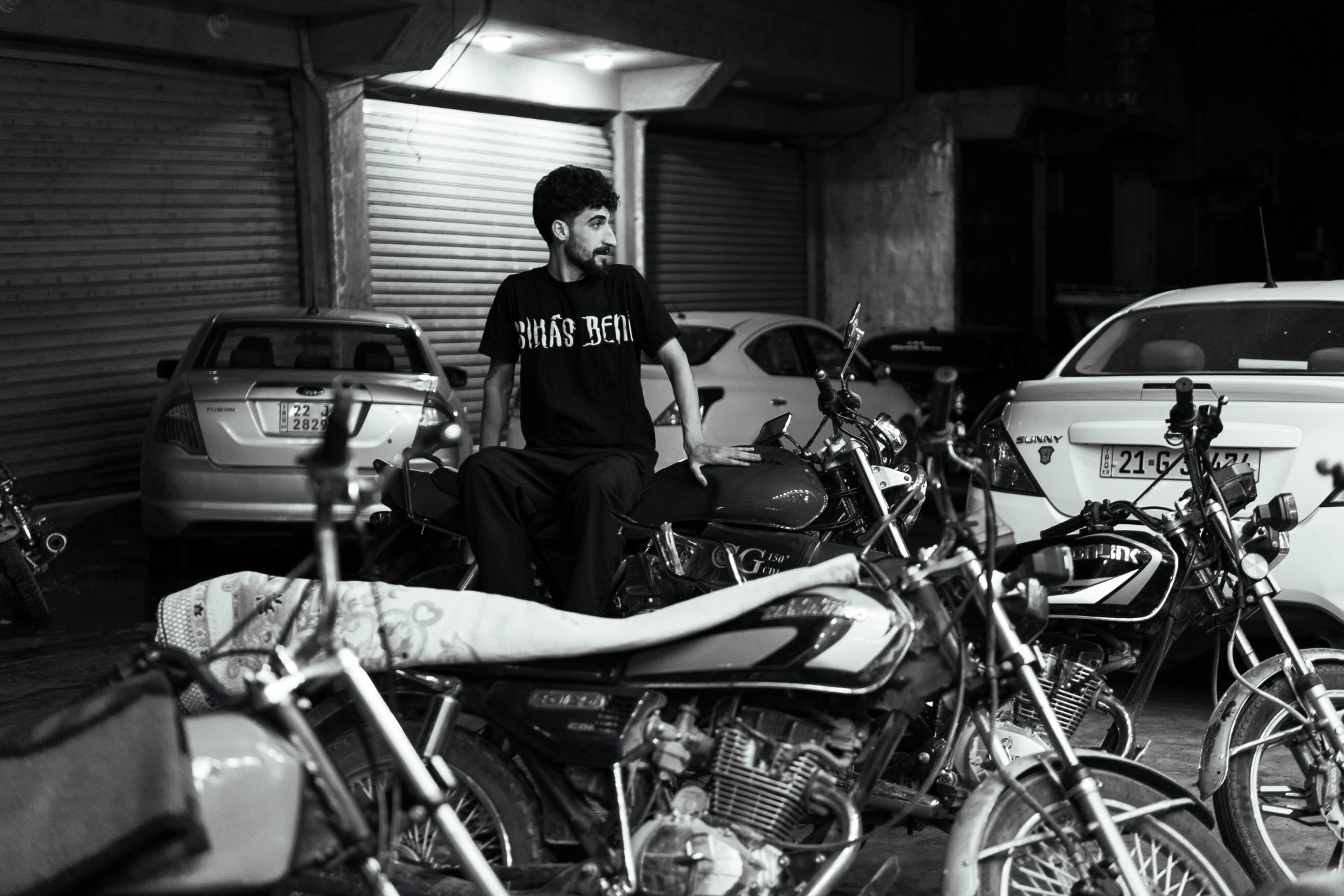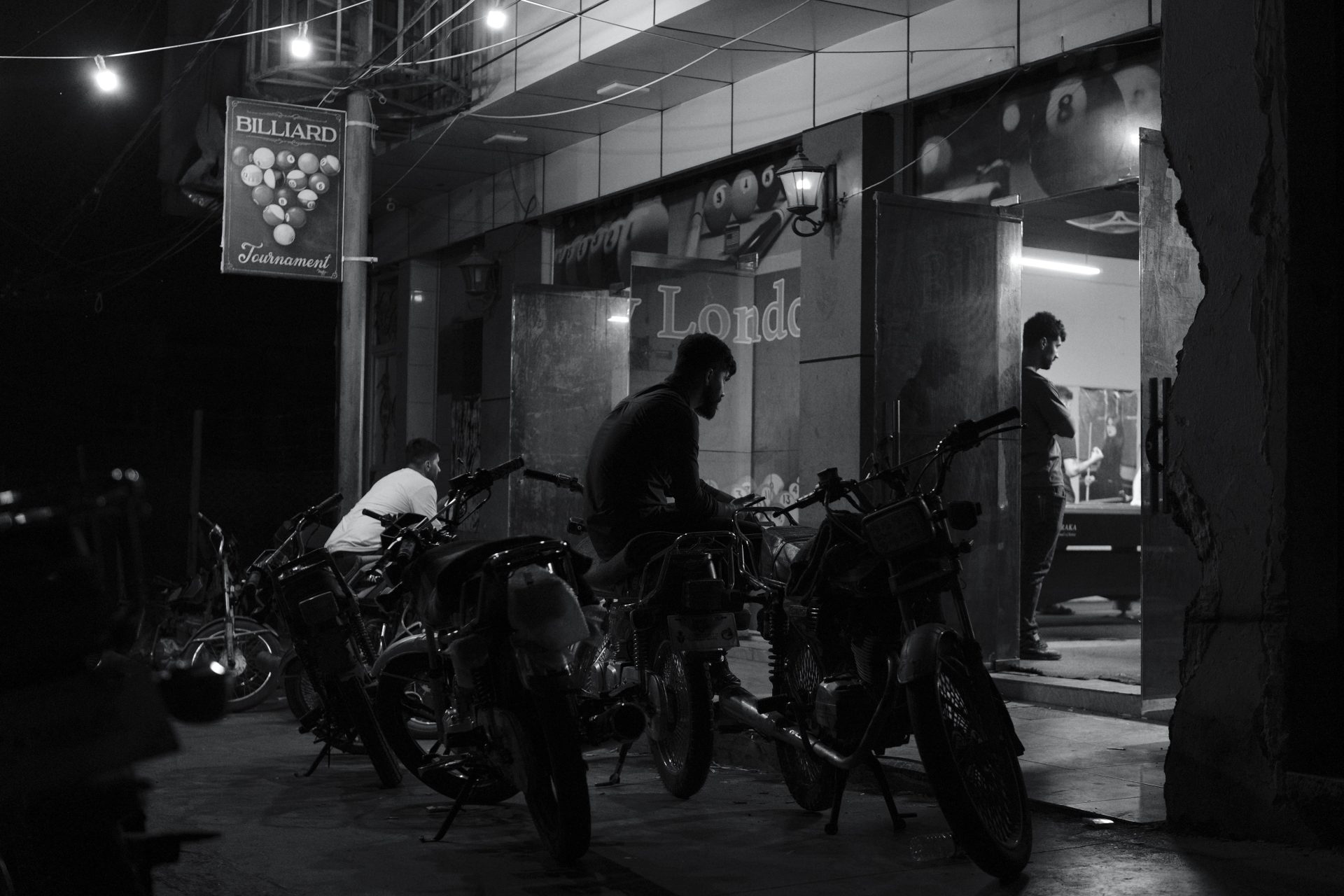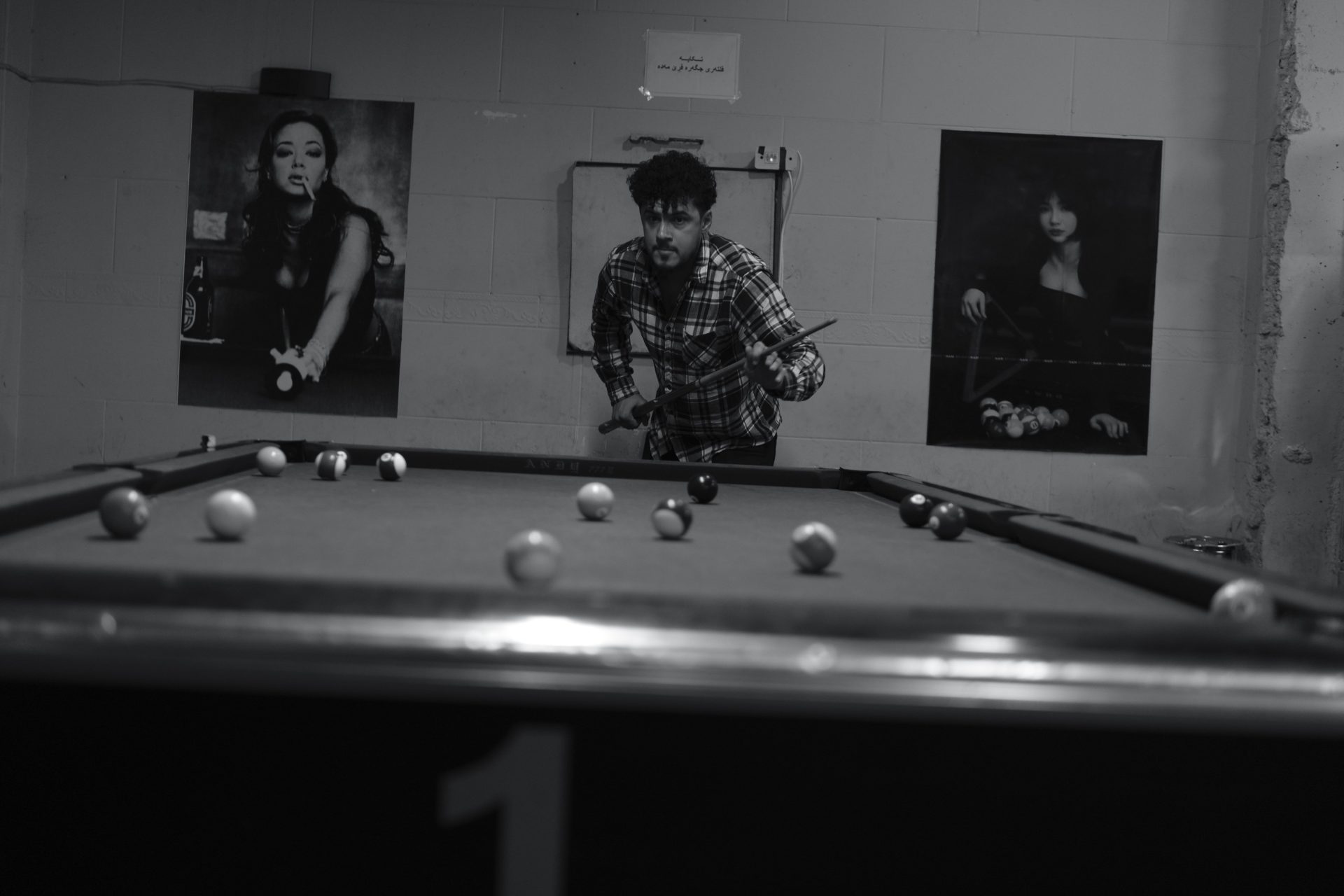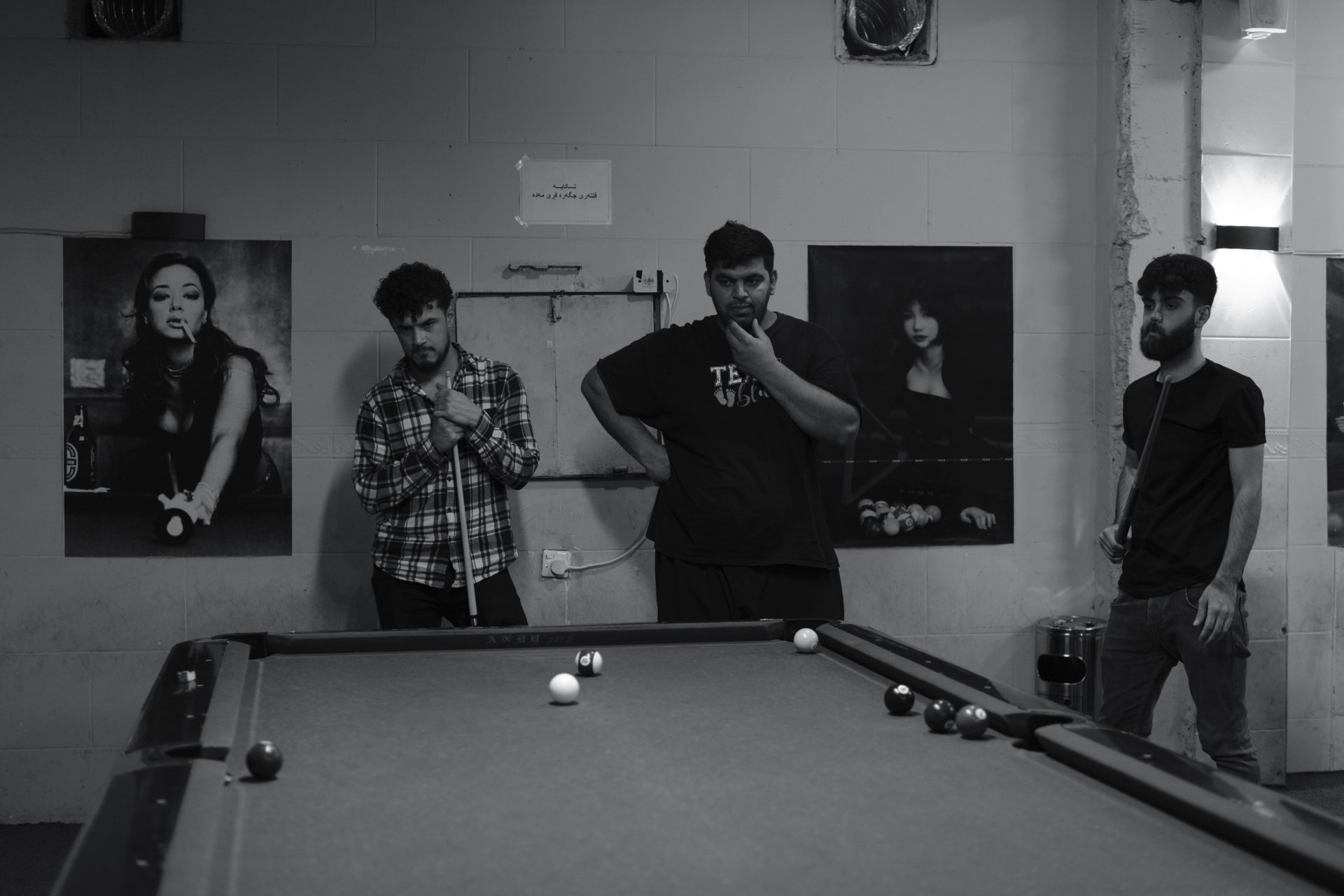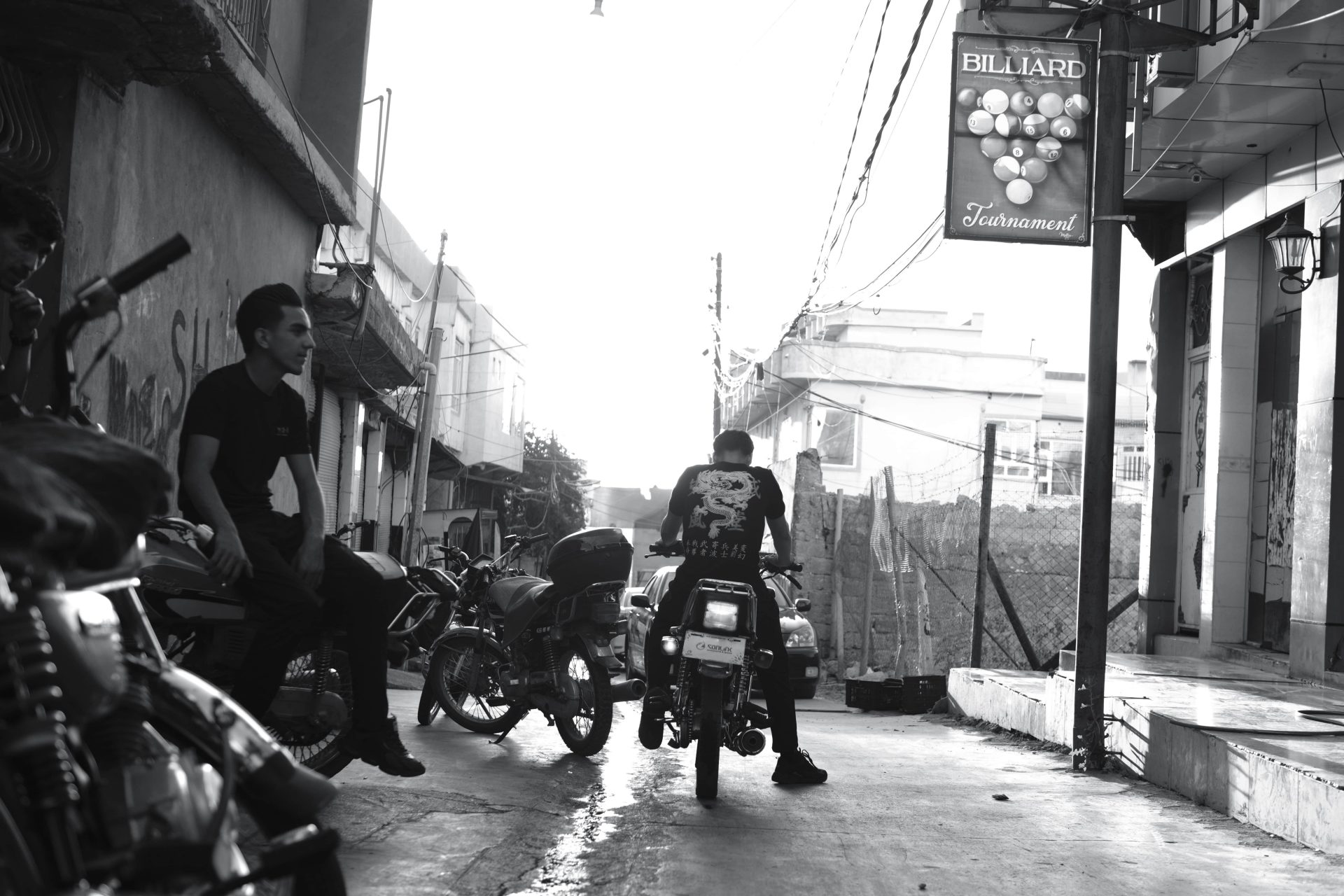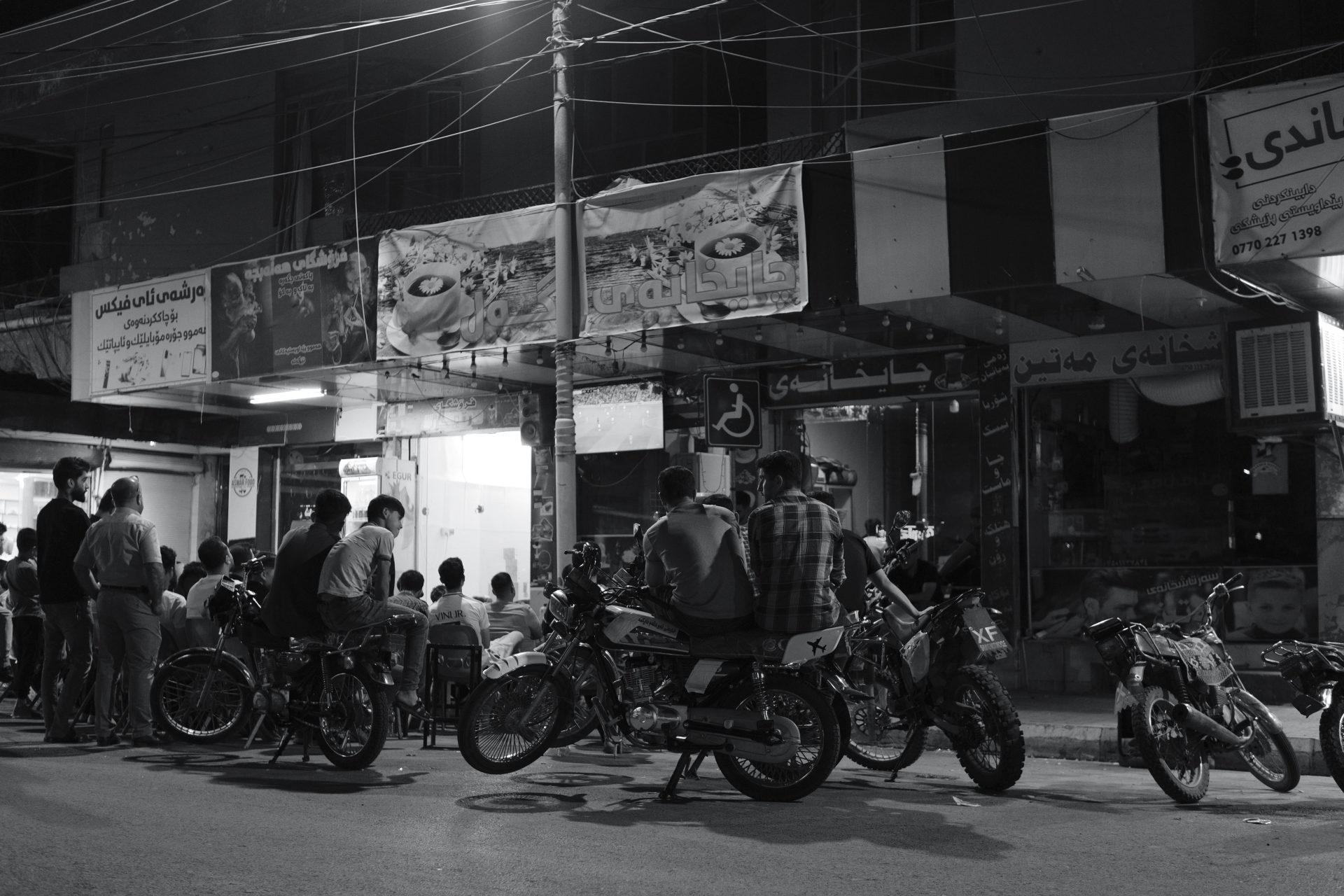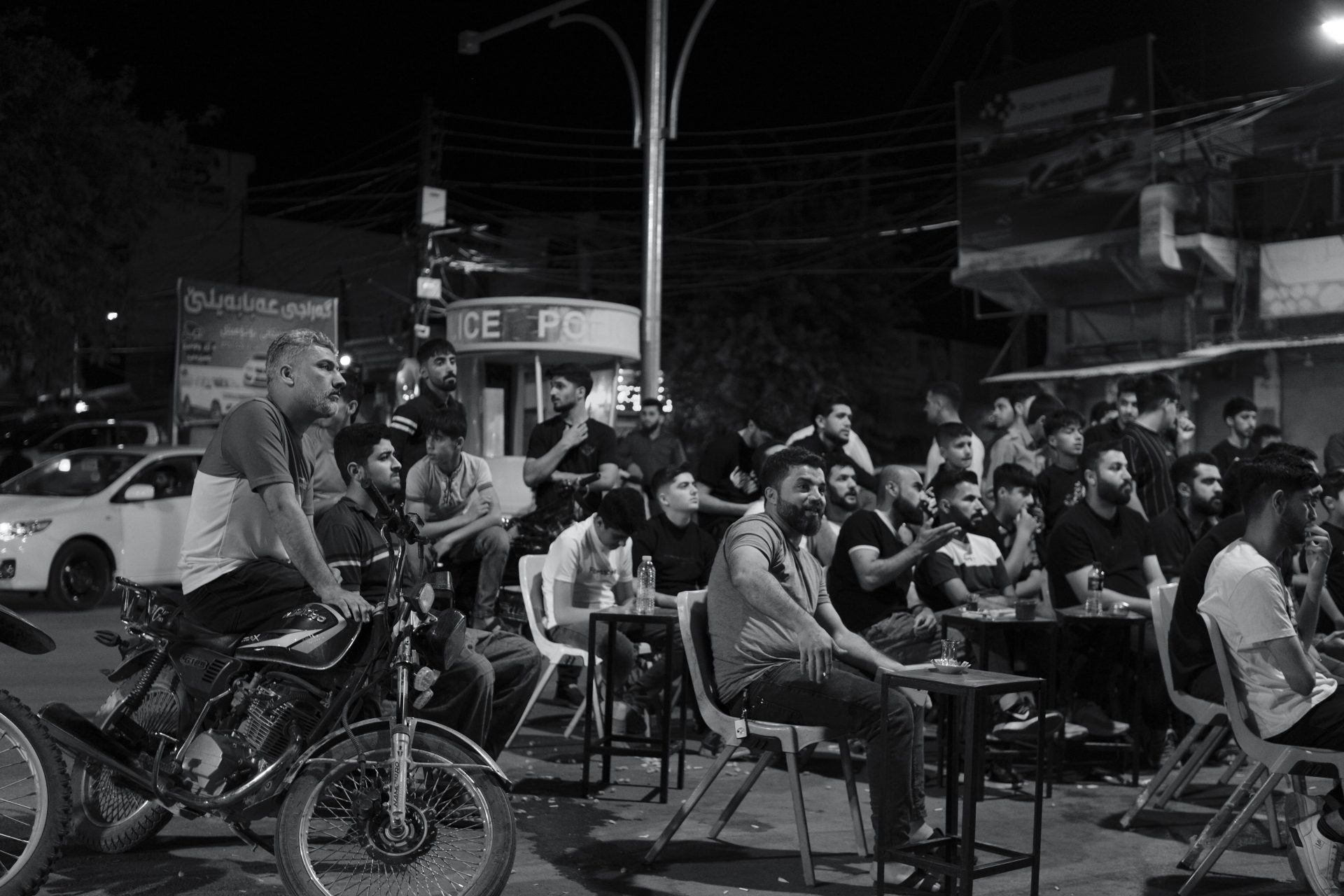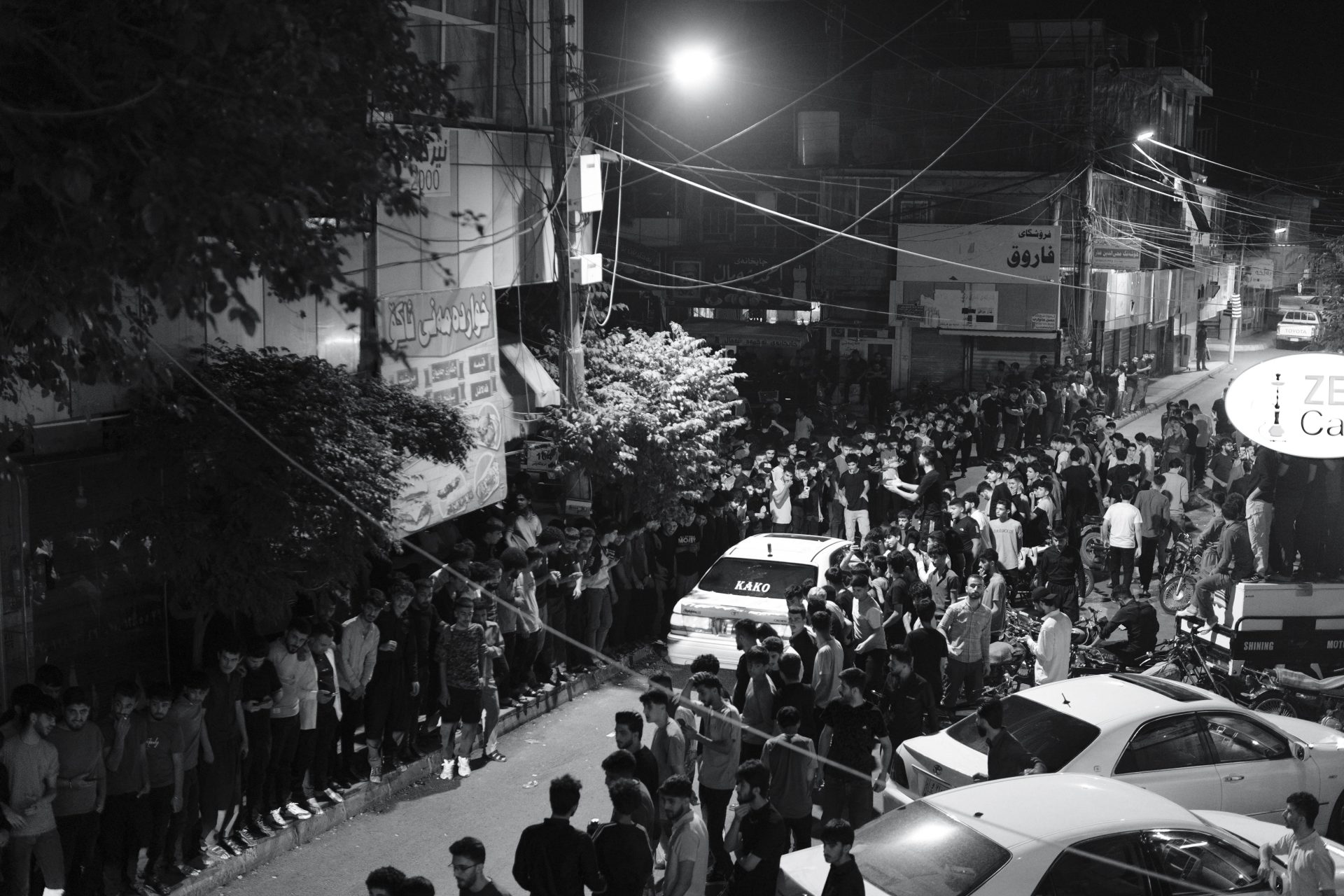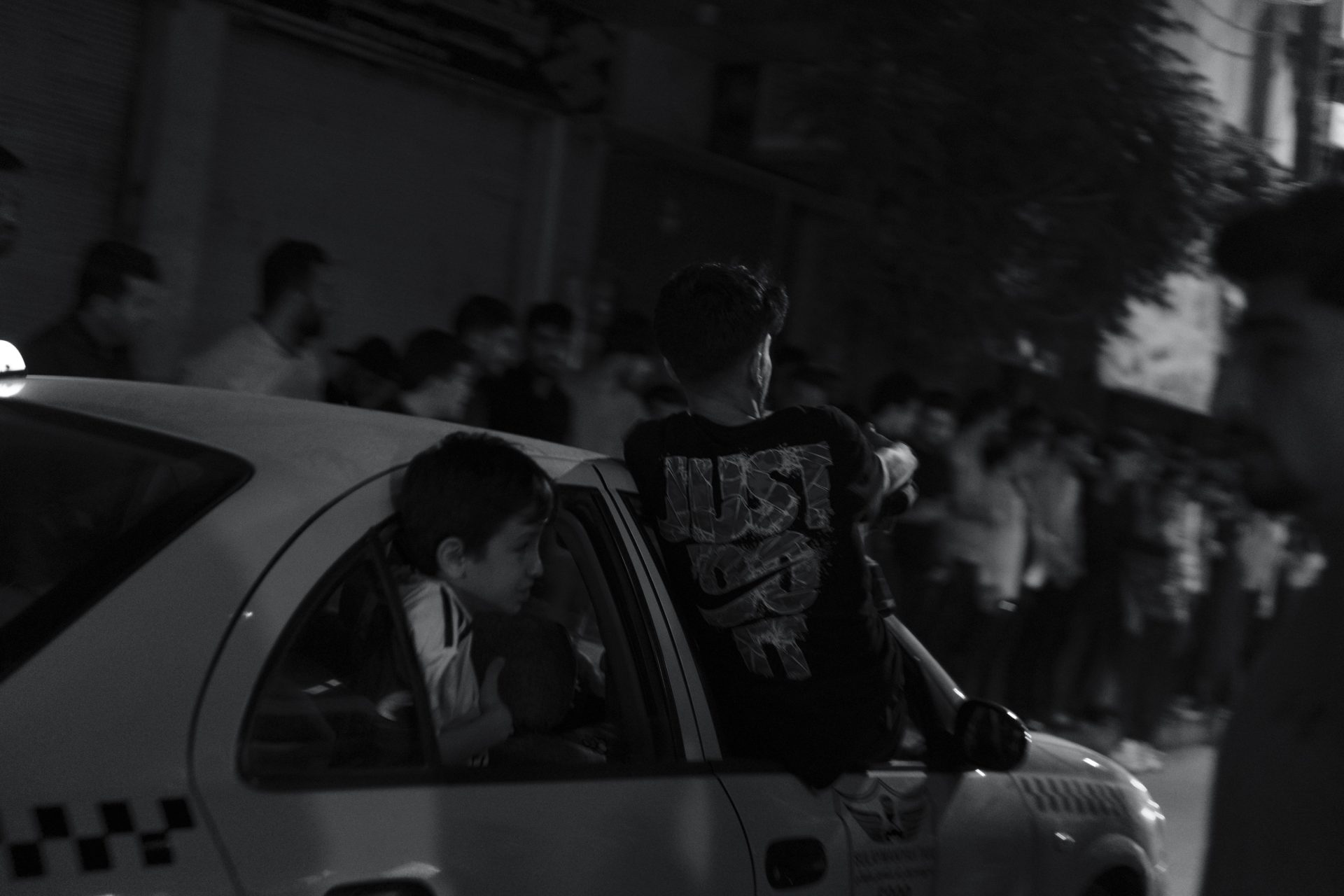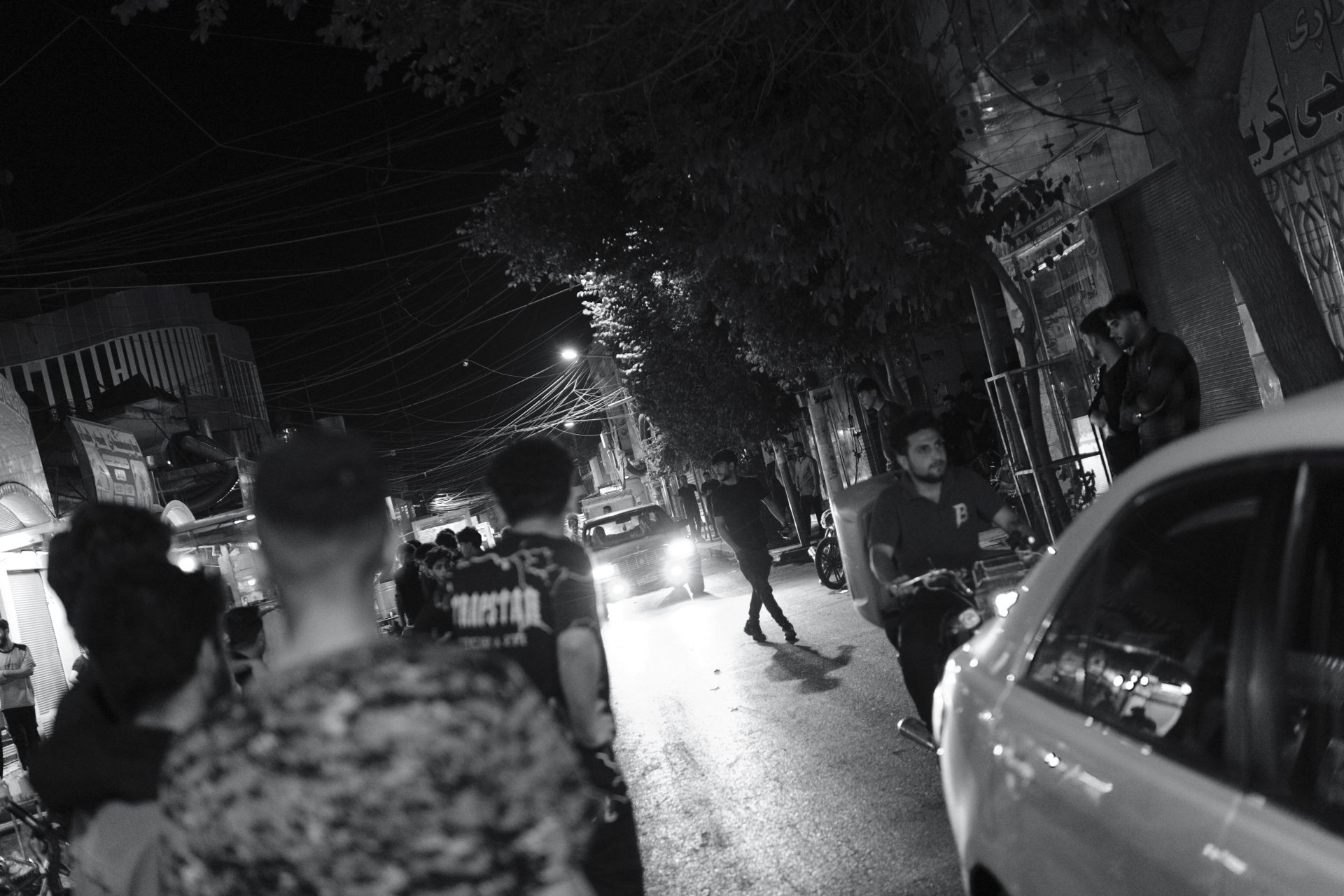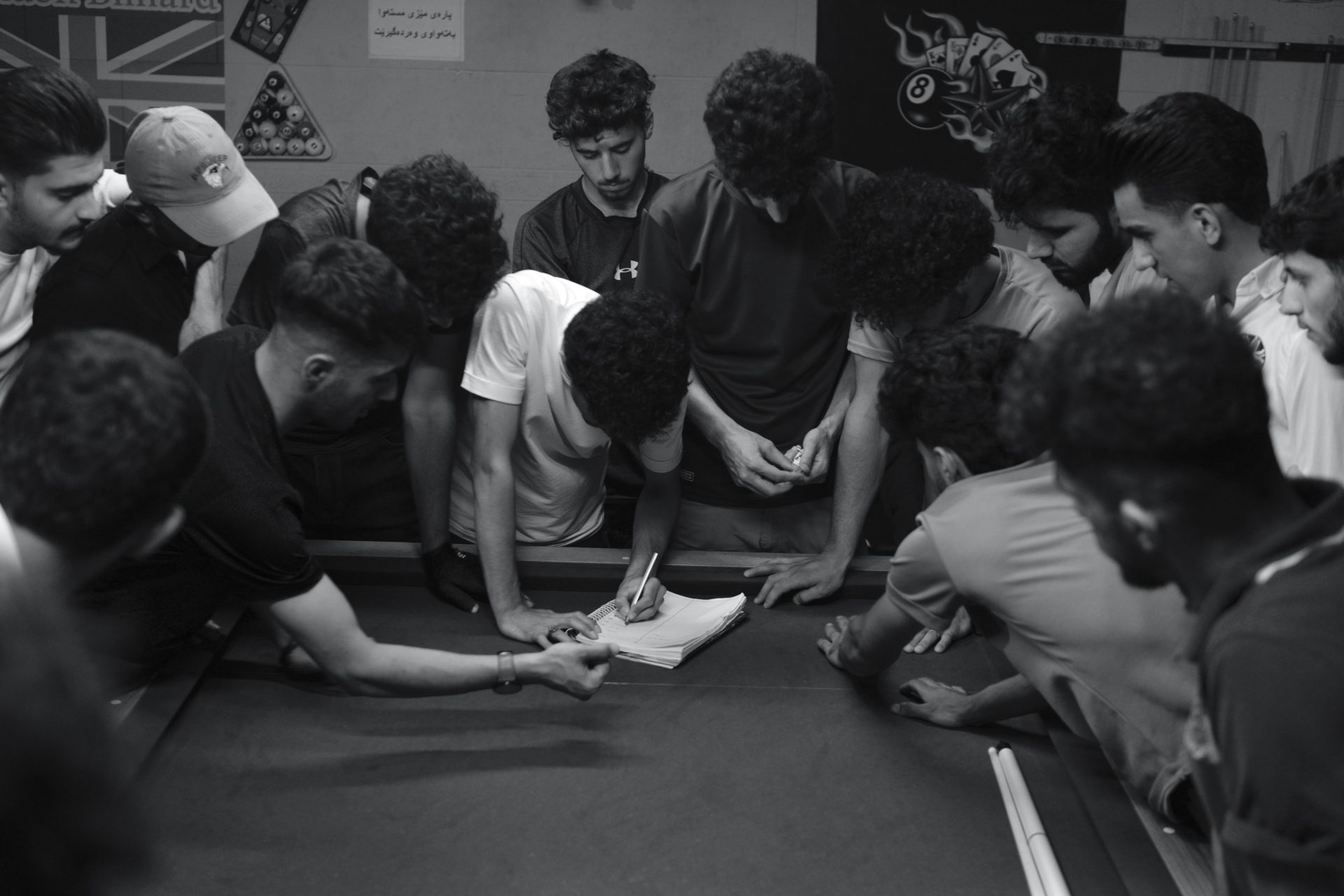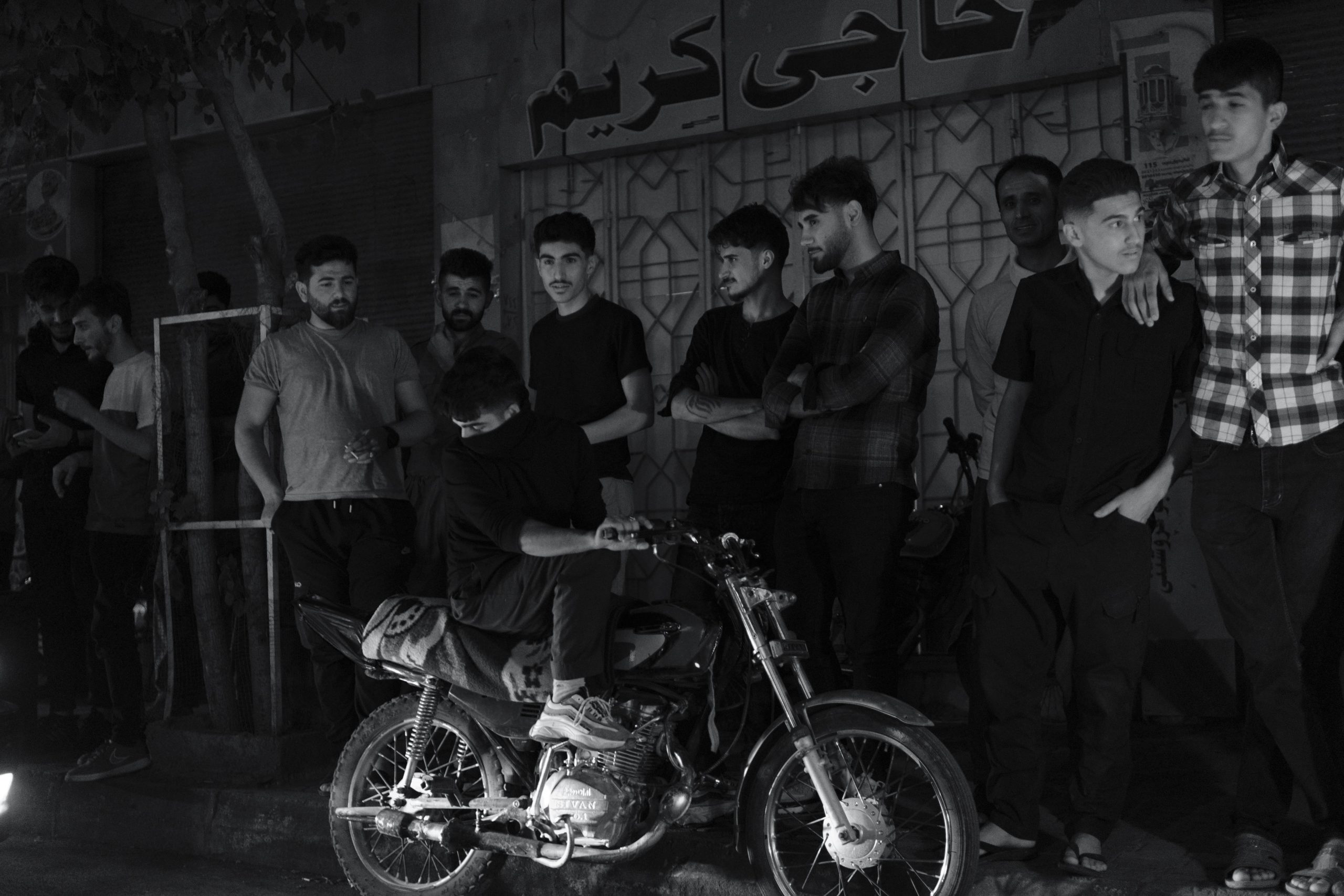This photo essay is linked to an article written by Tom Préel in French. To find out more about the young people of Halabja, you can read his article here.
Living in a neighboring city to Halabja, I have always been deeply aware of the daily struggles and resilient spirit of its youth. As a photographer, my work often bridges cultural and social divides, bringing to light stories that might otherwise remain untold. The youth of Halabja, with their unique challenges and unwavering determination, have always held a special place in my heart. This project is a testament to their everyday lives, their spaces of solace, and their silent battles. Growing up in the Kurdish region, I was surrounded by rich stories and vibrant communities, yet I noticed a lack of visual representation of these narratives. My inspiration comes from a desire to document and share the raw, unfiltered experiences of people, especially those who live on the fringes of society. The ability to freeze a moment in time and convey emotions, struggles, and joys through a single frame motivates me to continue this journey.
The youth of Halabja face numerous challenges: high unemployment rates, limited social infrastructure, and a sense of geographic and social marginalization. Despite these hardships, they find ways to create spaces of belonging and community. Teahouses (chaikhanah), billiard halls, and biker groups serve as their sanctuaries, where they can gather, socialize, and momentarily escape their daily struggles. Having friends in Halabja and living just a short distance away, I have a personal connection to their stories. I understand their routines and the significance of these communal spaces. This proximity allows me to capture their lives authentically and respectfully, highlighting both their resilience and the harsh realities they endure.
In my photography, I aim to showcase the daily life of Halabja’s youth and their communities. By focusing on their interactions within teahouses, billiard halls, and biker groups, I provide a glimpse into their world—a world often overlooked in broader narratives about the Middle East. My choice to use black and white photography is intentional. Stripping away color directs the viewer’s attention to the subjects and their environments, emphasizing the raw emotions and dense atmosphere of their surroundings.
Black and white photography also adds a timeless quality to the images, allowing the stories of Halabja’s youth to transcend the immediate moment and resonate on a deeper level. It highlights the contrasts and textures of their daily lives, from the chipped walls of the billiard halls to the expressive faces of the young men gathered in their social spaces.
